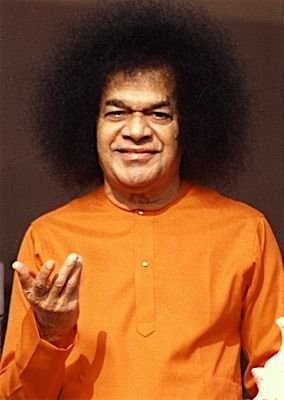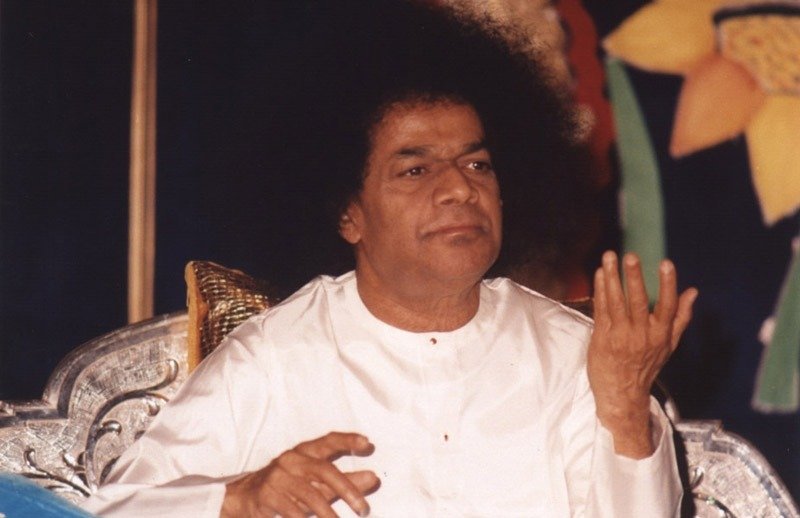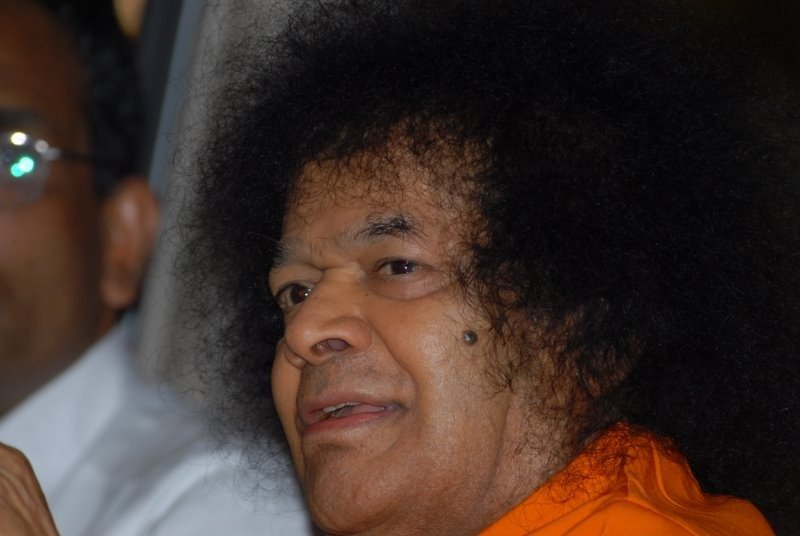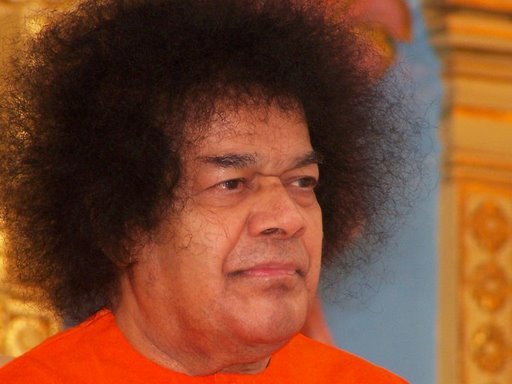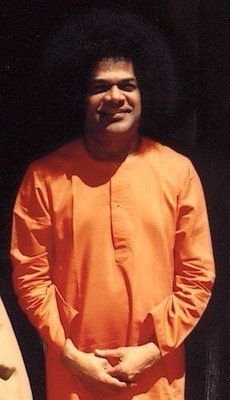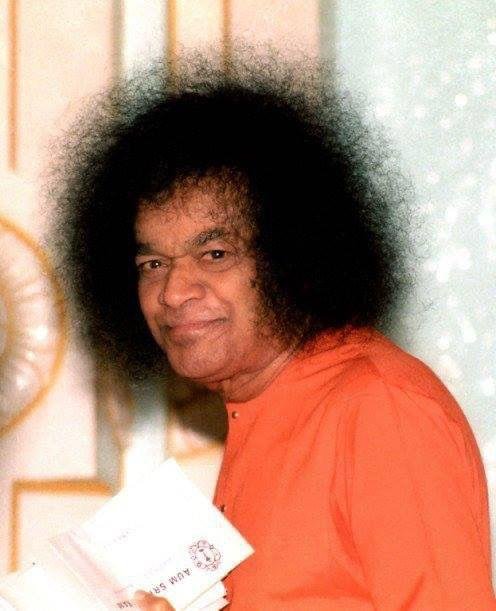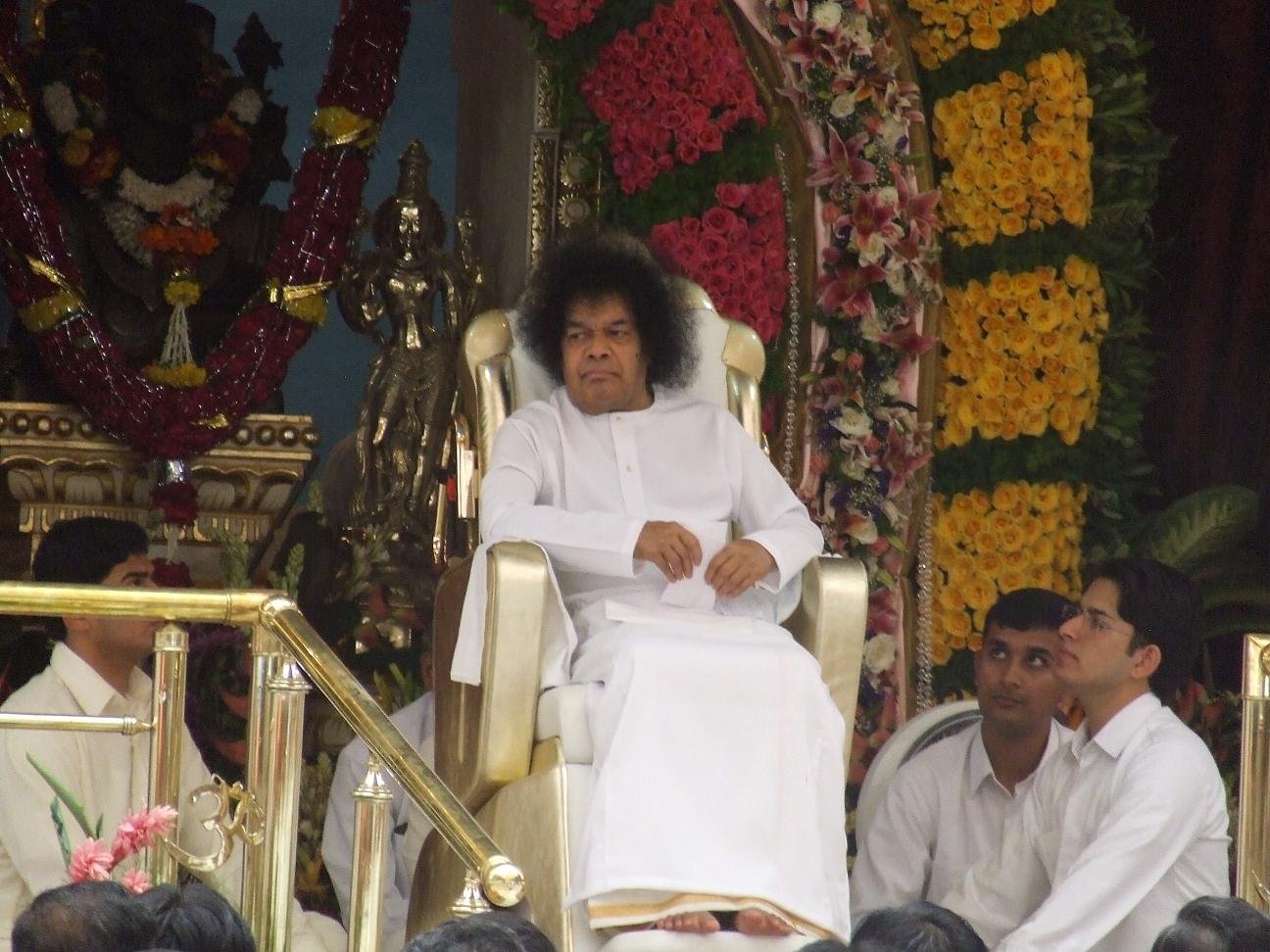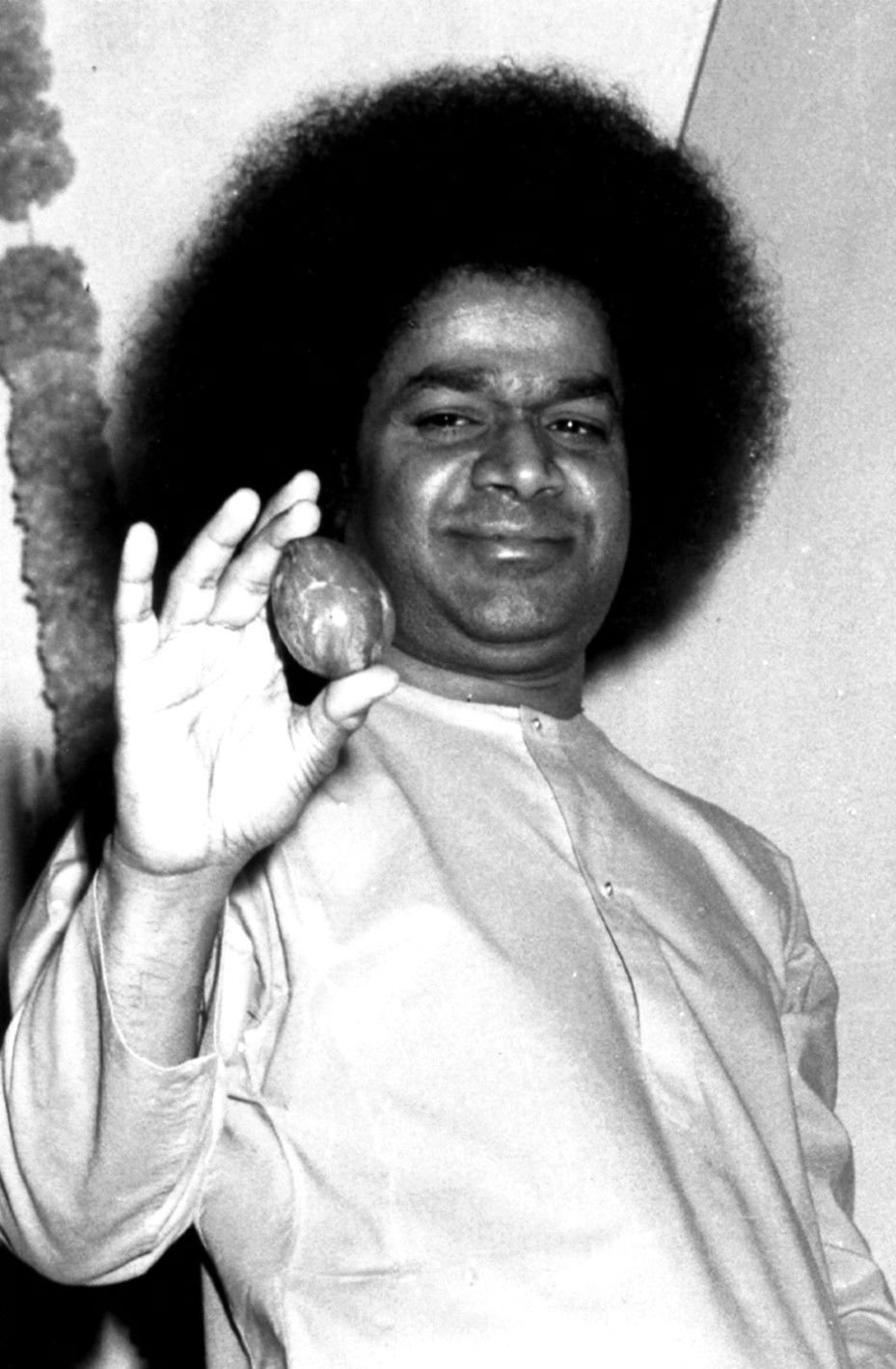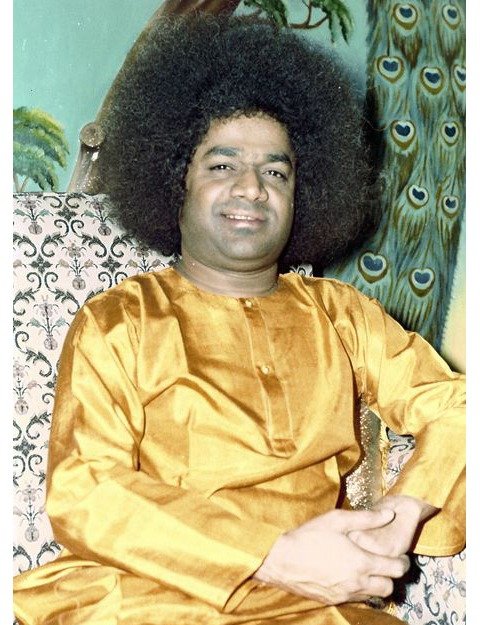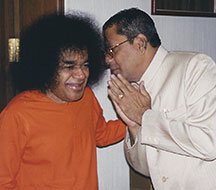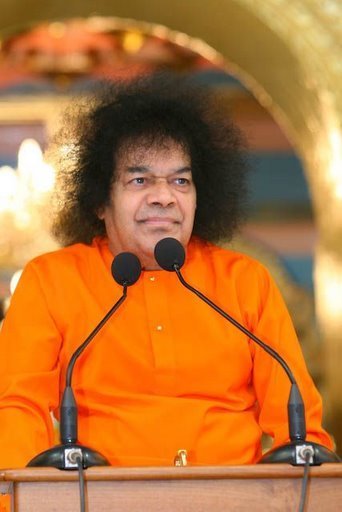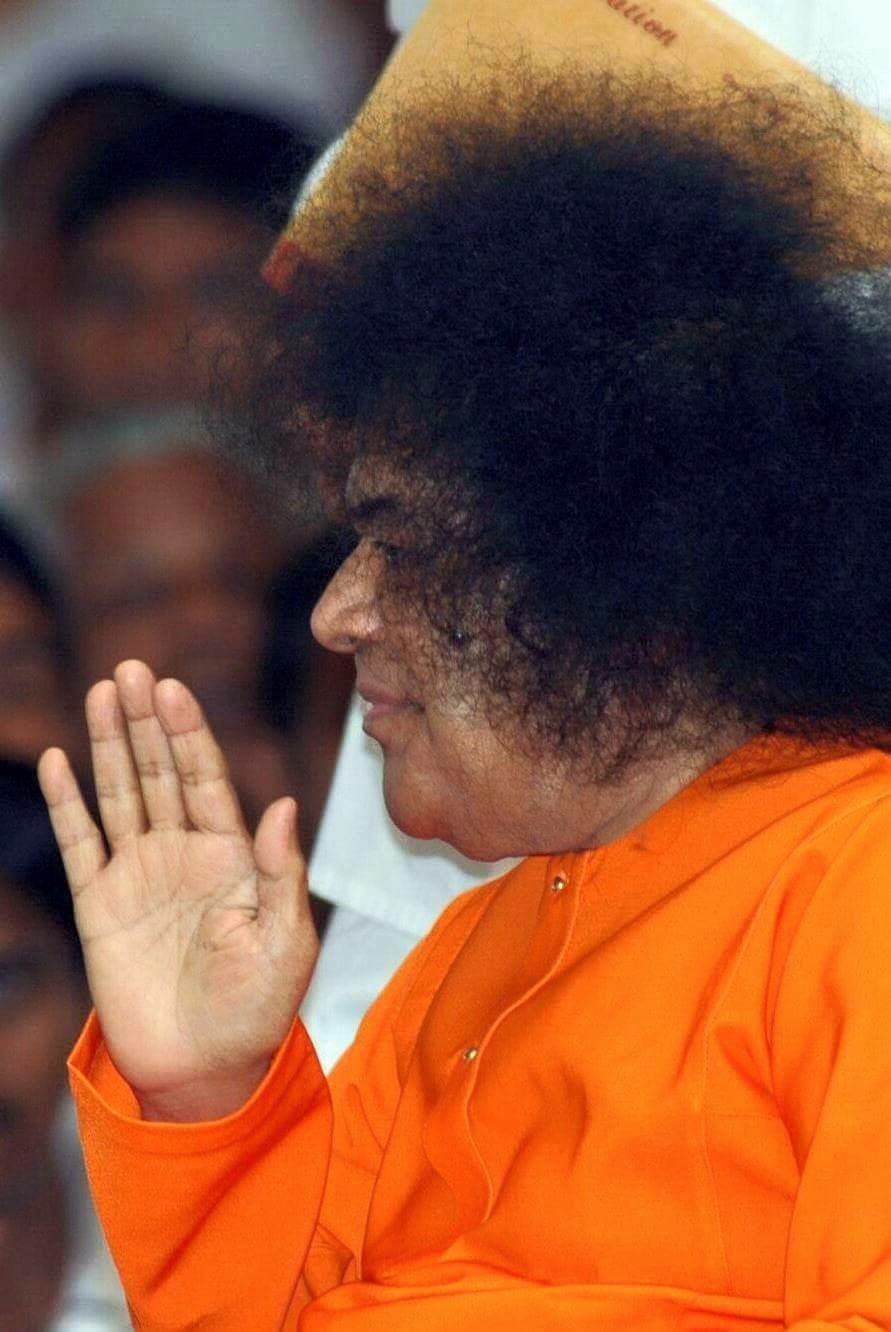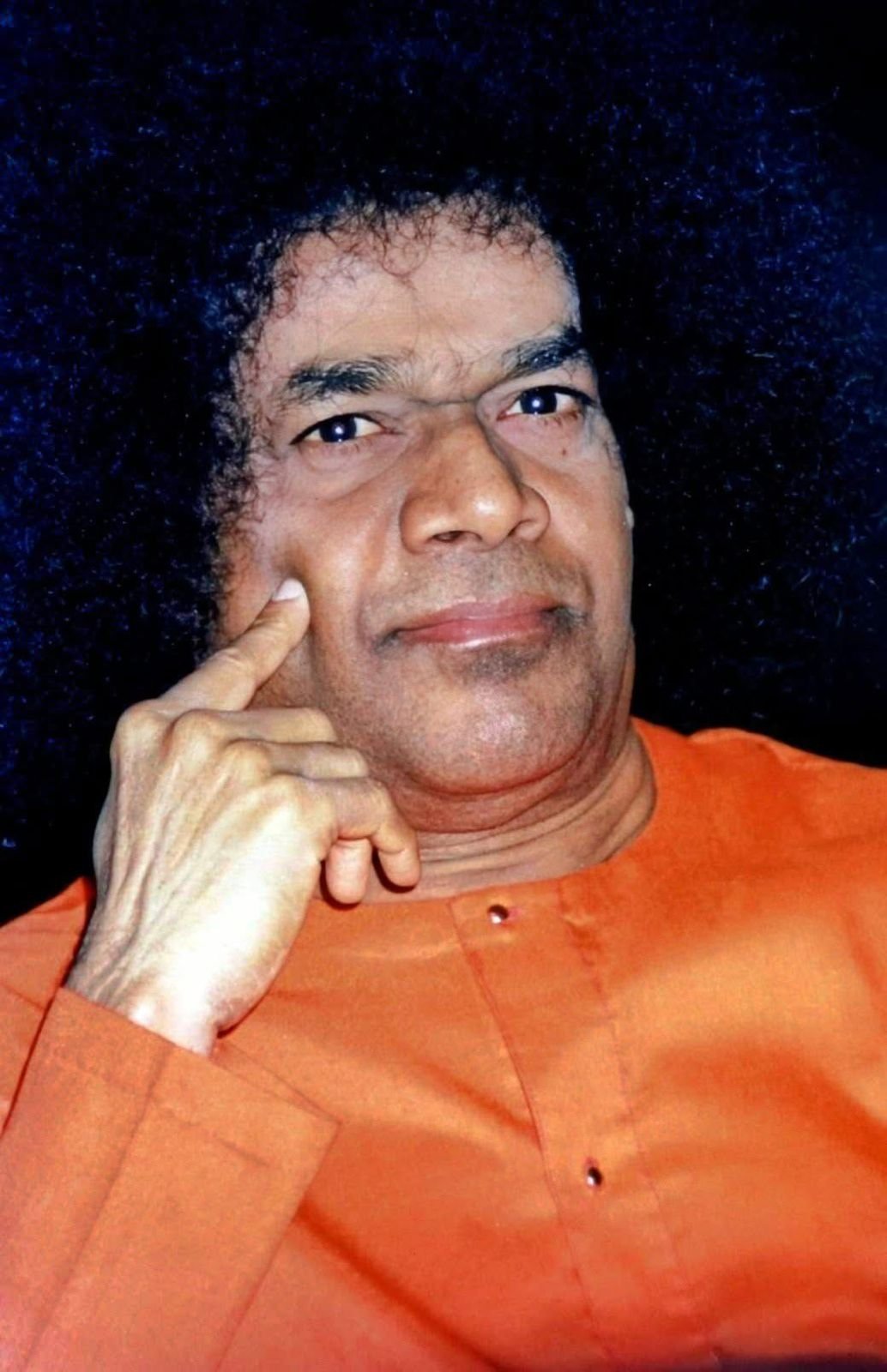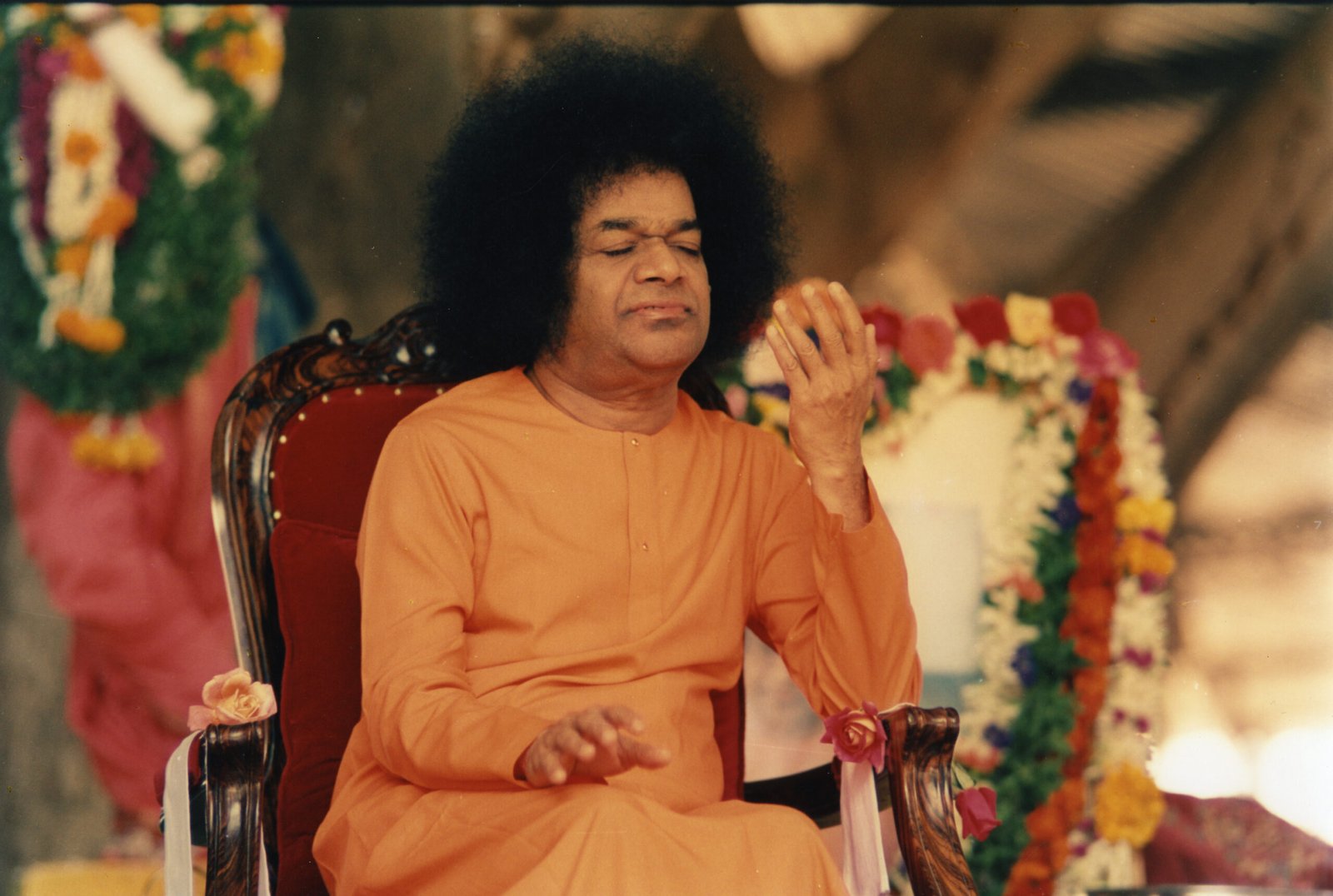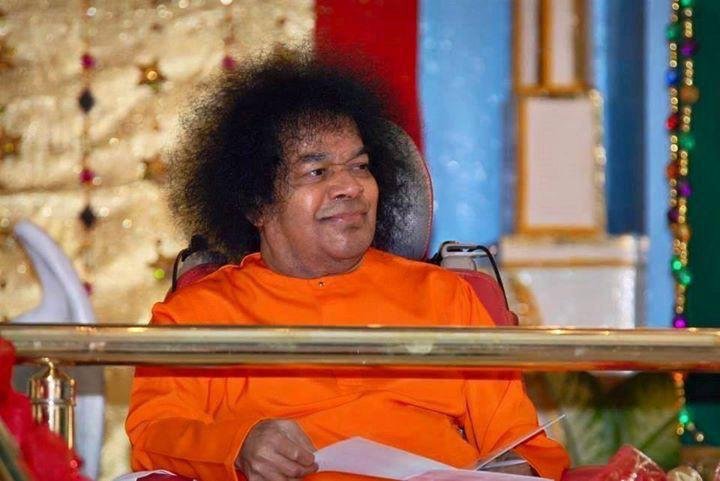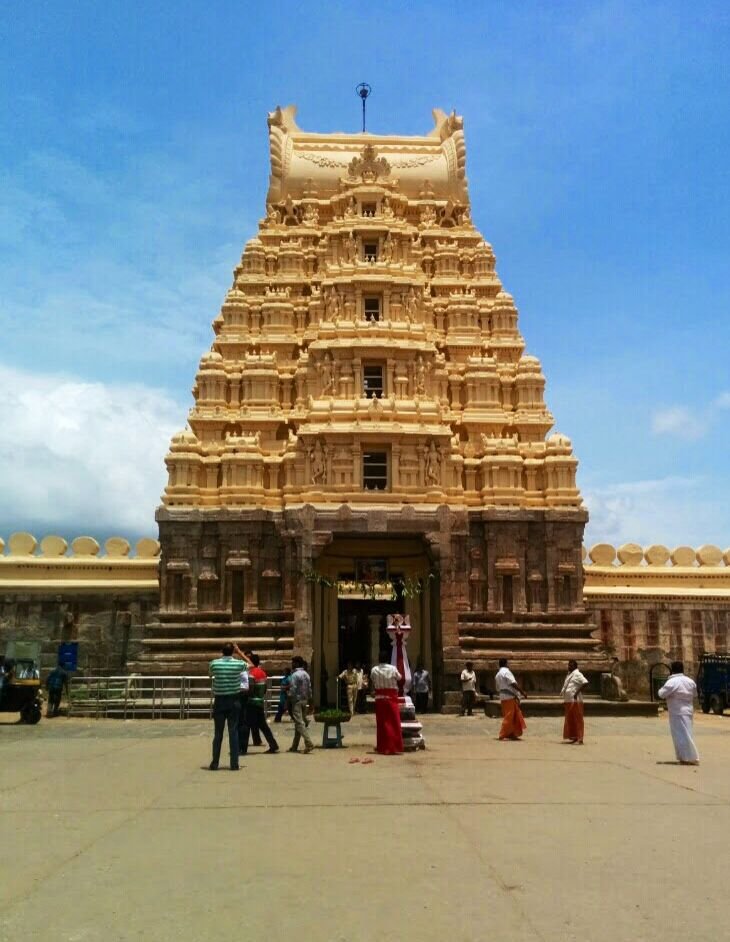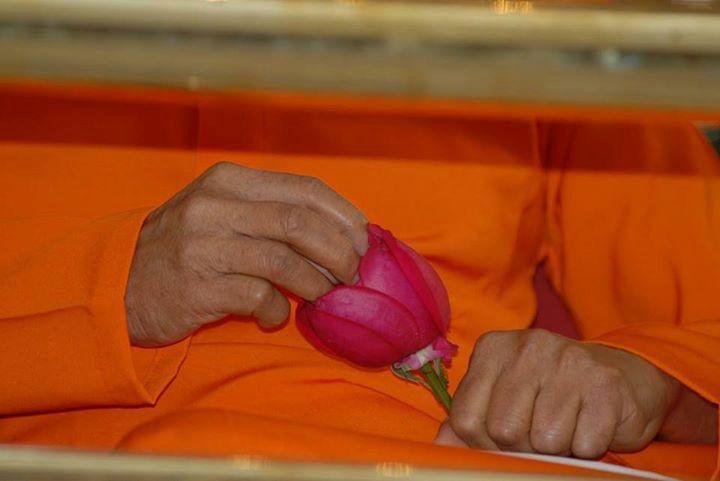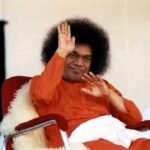The Primordial Force
On September 3 this year, falls Ganesh Chaturthi – the festival celebrating the advent of Lord Ganesha. Who is truly Lord Ganapathi? What is the meaning behind observing this festival when Lord Ganesha is actually beyond time? Swami revealed these important aspects and much more in a beautiful discourse delivered on this occasion five years ago in 2002. Let us recapitulate a few significant revelations made during that occasion by Bhagavan Baba.
Today is the sacred festival of Ganesh Chaturthi. ‘Ga’ symbolises buddhi (intellect), ‘Na’ stands for vijnana (wisdom). So, ‘Ganapati’ is the master of buddhi and vijnana. The universe is sustained by Ganas (gods) and Ganapati is their master. In this world, everybody has a master, but Ganapati has none. He is a master by Himself.

This is the birthday of the Master of Masters. Ganapati is also called Mooshika Vahana (one who has a mouse as his vehicle). You may wonder how a small mouse can carry on its back a hefty personality like Vinayaka (another name of Ganapati). Here mooshika does not mean a mere mouse. It symbolises the darkness of ignorance because it is in darkness that the mouse moves about. Hence, Mooshika Vahana is one who subdues ignorance and dispels darkness. It is only when we understand the inner significance of the Vinayaka principle that we will be able to celebrate Vinayaka Chaturthi properly.
One of the main teachings of the Bhagavad Gita is contained in the sloka:
“Sarvadharman Parityaja
Maamekam Saranam Vraja,
Aham Twa Sarvapapebhyo
Mokshaishyami Ma Suchah”
(Surrender unto Me and perform all your actions as an offering to Me. I will destroy all your sins and confer liberation on you.)
So long as man is immersed in body attachment, all types of hardships and misery haunt him. Body attachment is the root cause of sankalpas (thoughts). That is why Lord Krishna exhorted man to give up body attachment. The inner meaning of this statement is that man should experience unity in diversity. Without vyashti (individual), there cannot be samashti (society). Without samashti, there cannot be srishti (creation). So, first of all we have to recognize the role of vyashti, the individual. Only then can we understand the principle of samashti, which will in turn lead to the understanding of srishti, the creation. One who understands srishti becomes one with parameshti (God). In fact, the principles of samashti, srishti and parameshti are very much present in vyashti. Hence, one has to make efforts to understand vyashti in the first instance.
Vyashti symbolizes the individual (Jeeva) whereas samashti stands for God (Deva). There is not much difference between the individual soul and the Cosmic Spirit. So long as the vyashti identifies himself with the body he leads a very ordinary life. It is only when one identifies himself with samashti can he understand the principle of creation. So, firstly, man should make efforts to understand the true meaning of vyashti. This is the message of Vinayaka. The letter ‘Ga’ (intellect) in the name Ganapati symbolizes this aspect. The letter ‘Na’ stands for vijnana (wisdom). So, Ganapati is one who grants good intellect and confers wisdom.


